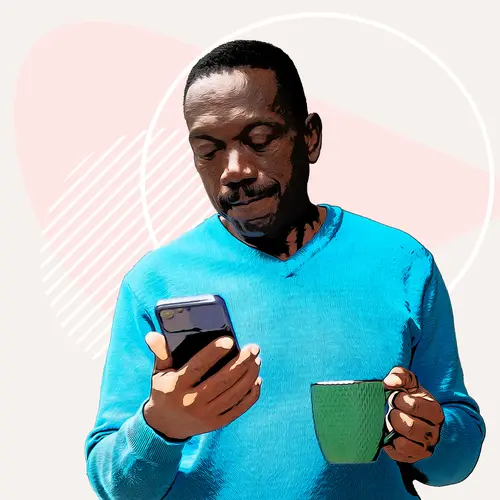It’s hard to see someone you care for in pain. It can feel good when you help ease some of it. That isn’t always easy to do, so talk to a doctor about it first.
You can try these ways to help relieve their aches and pains at home:
Ask First
Some people hold back from talking about pain. They may not want to be a burden, or they may feel that it’s a sign of weakness to admit it. Encourage them that it’s OK to let you know how they really feel, so you can help them take care of it.
Or they may have trouble expressing it if they have dementia or have had a stroke. It’s important to help treat pain, so your loved one can keep up with daily activities, stay as independent as possible, and feel better mentally and physically.
Ask the person you're caring for if they are in pain. Many of the signs are obvious -- crying, moaning, clenched fists, “knitted” eyebrows. A poor appetite may also be a clue.
If the person can’t tell you if they’re in pain, you may need to have a doctor or therapist do an exam, including a check for bedsores.
Soothe With Heat
A warm shower or bath, hot water bottle, or warm cloth can help relax muscles and ease muscle spasms. A heating pad with an automatic off switch is better than a regular heating pad, which can burn skin if left on too long.
Be careful with microwavable heating pads, as these can have hot spots that burn. Apply heat to the sore area for 20 to 30 minutes every 2 hours. Don’t use heat on open wounds.
Cold Therapy
Cold can numb pain and ease swelling. Try a cool cloth, cold pack, cold compression wrap, or ice massage. To make an ice pack, put crushed ice in a plastic bag and cover it with a towel. Don’t put the bag of ice directly on your loved one’s skin. Or you can use a bag of frozen peas. Ice as soon as possible after an injury. Do it for 15-20 minutes at a time, 4-8 times per day. Stop icing when the area feels numb.
Deep Breathing
Slow, quiet breathing helps relax the body and mind and ease pain. You can show your loved one how to do this: Lie or sit with one hand on your belly and take a deep, slow breath. Imagine filling a balloon in your belly with air. Then breathe out, as if you're letting all the air out of the balloon. Think of breathing out stressful thoughts and breathing in relaxation. Aim for about six long, deep breaths a minute.
If your loved one has lung problems, talk to their doctor about what breathing exercises would be good to try, or if other ways to relax would be better.
Massage
This can be as simple as a foot, back, or hand rub. With your whole hand, the heel of your hand, or your fingertips, apply gentle pressure in slow, steady, circular movements. Warm oil or lotion may help. Massage in one area for 10 seconds first to see if it feels good. Notice if they prefer a light stroke or a firm one. It shouldn’t cause pain.
Medication
Ask your loved one’s doctor what nonprescription pain medicines are OK to use, if needed. Acetaminophen is probably the safest for mild to moderate pain. Never use more than your doctor recommends, because it can cause liver damage and other side effects. And check to make sure the person is not taking other drugs that have acetaminophen as an ingredient. This is a common problem.
There are also pain relievers that go directly on the skin, such as creams, gels, sprays, and patches.
If your loved one has long-term (chronic) pain, they might need over-the-counter as well as prescription drugs, including daily, extended-release pain medications and a plan for pain flare-ups.
Keep a list of all the medications (prescription or over-the-counter), supplements, and doses your loved one takes, and share that list with their doctor. This is important to do because some combinations of medicines can be harmful, particularly for elderly people. Their doctor can check on safety and make changes if needed.
TENS
This small machine uses a mild electrical current to ease pain. It has electrodes that go on your skin and deliver a low-level electrical charge, which can lower pain signals and may help relax muscles and stimulate your body’s natural painkillers, called endorphins. You may get TENS (which is short for “transcutaneous electrical nerve stimulation”) at home or in a doctor’s or physical therapist’s office.

